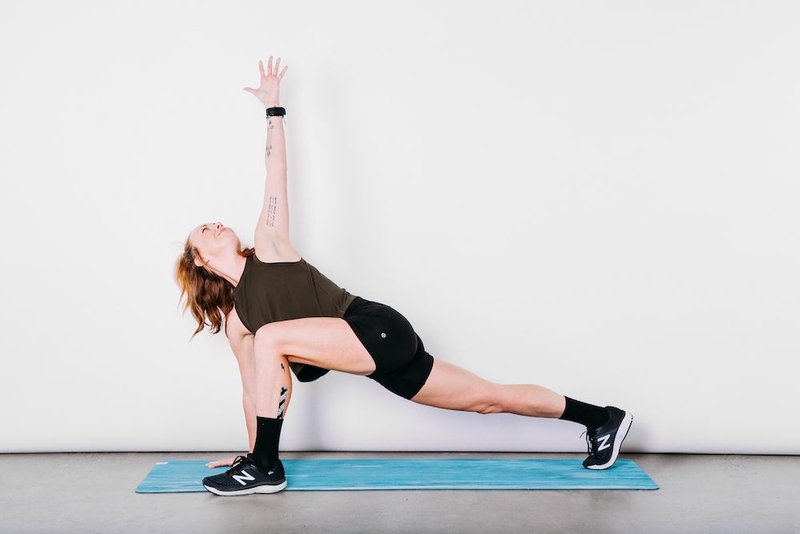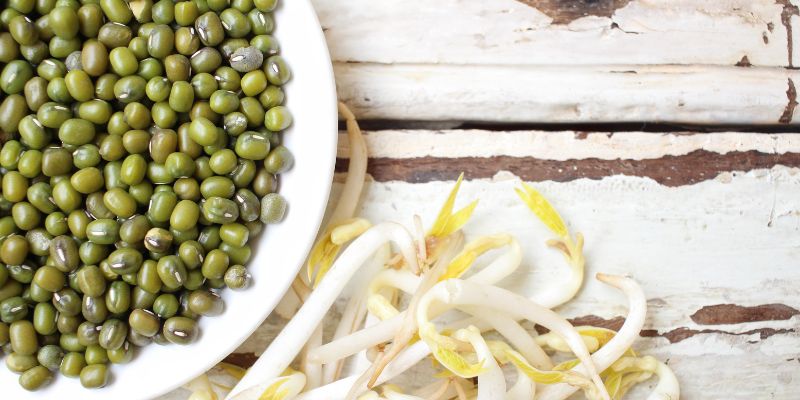Cycling is a very good exercise for the heart and it also helps build up endurance in muscles. But, because of repeating motions, cyclists can get tight or imbalanced muscles which needs them to do stretching too. Stretching is beneficial in enhancing flexibility, lowering injury chances, and improving performance overall. In this article, we will discuss various stretching methods useful for cyclists to be flexible and in good shape.
Dynamic Stretches for Pre-Ride Preparation
Stretching routines that involve dynamic movements, which take your joints and muscles through their complete range of motion, are excellent for warming up before a ride. For cyclists specifically, these types of stretches can help ready their muscles to handle the requirements of cycling while also enhancing blood circulation and lessening stiffness in the muscle areas. For cyclists, good dynamic stretches can be leg swings, side to side and front to back, lunges with a twist, and hip circles.

Adding these types of movements to your routine before riding helps improve flexibility and performance while lessening the chance of strains or sprains. Dynamic stretches additionally enhance coordination and stir up the nervous system, guaranteeing cyclists are mentally and physically ready for their ride. By partaking in these exercises, they can boost their body awareness and reaction when cycling.
- Mindful movement: Focus on proper form and technique during dynamic stretches to maximize their effectiveness.
- Gradual progression: Start with gentle movements and gradually increase intensity to avoid overstretching or injury.
Static Stretches for Post-Ride Recovery
At the end of a lengthy ride, static stretches aid in muscle recuperation and lessening of soreness. Static stretching entails maintaining a stretch for an extended duration, usually 20-30 seconds long. This kind of stretching aids in elongating muscles that have become tight and contracted during cycling. Important static stretches for cyclists include hamstring stretches, quadriceps stretches, and calf stretches.
By concentrating on these main muscle areas, cyclists can better their flexibility, lessen muscle tightness, and speed up the healing procedure. Fixed stretches aid muscles in unwinding and going back to their best length, encouraging improved blood flow along with nutrient distribution towards the muscles.
- Proper breathing: Maintain steady breathing while holding static stretches to enhance relaxation and promote deeper stretching.
- Focus on symmetry: Ensure equal stretching on both sides of the body to maintain balance and prevent imbalances that can lead to injuries.
PNF Stretching for Enhanced Flexibility
Proprioceptive Neuromuscular Facilitation (PNF) stretching is a very powerful method to boost flexibility and movement range. It combines stretching and contracting of the aimed muscle groups. For cyclists, PNF stretching can aid in the relaxation of tense muscles while enhancing total flexibility. A simple PNF stretch is the contract-relax method. In this, the muscle gets contracted and then stretched with help.
Regularly including PNF stretching in a routine can bring about important enhancements in flexibility and muscle activity, which are crucial for top cycling results. PNF stretching prompts the Golgi tendon organs, encouraging muscles to relax and enabling a more intense stretch.
- Partner assistance: PNF stretching can be enhanced with the help of a partner to provide resistance and assistance during contractions.
- Consistency is key: Perform PNF stretches regularly to maintain and improve flexibility over time.
Yoga Stretches for Comprehensive Flexibility
Yoga gives a complete method for stretching that can help cyclists in many aspects. Yoga poses concentrate on enhancing flexibility, equilibrium, and power - all essential elements for biking. Poses like Downward Dog, Pigeon Pose, and Childs Pose are quite useful for cyclists because they concentrate on the hips, hamstrings, and lower back areas. Regular practice of yoga can enhance muscle flexibility, reduce tension, and promote relaxation.
Yoga can help cyclists by enhancing their posture, lessening the possibility of injuries, and giving a better feeling of wellness. Yoga is about attentiveness and understanding your body's movements through breath control; this helps cyclists feel connected to the way they breathe while riding which in turn makes it easier for them to have smooth rides without wasting energy.
- Adapt poses: Modify yoga poses as needed to accommodate individual flexibility and comfort levels.
- Incorporate breathing: Focus on deep, rhythmic breathing to enhance relaxation and release tension during yoga stretches.
Foam Rolling for Myofascial Release
Foam rolling, a kind of self-myofascial release, is an additional method of stretching that can be useful for cyclists. When you use the foam roller, it helps to loosen up the tightness in your muscles and fascia. Fascia is a connective tissue around the muscles. Rolling on foam may be helpful for parts of the body that usually get tight and painful because of cycling. This includes the IT band or iliotibial tract, calf muscles as well as back area too.

Using a foam roller and putting pressure on these parts helps increase blood circulation, lowering muscle pain and enhancing flexibility. When you combine foam rolling with regular stretching, it can improve how your muscles work and recover. As you use the foam roller to massage your muscles, this will increase the flow of blood and delivery of oxygen into them which will help them recover more quickly as well as perform better when it comes to muscle tasks.
- Moderate pressure: Apply moderate pressure when foam rolling to avoid causing excessive discomfort or bruising.
- Target specific areas: Focus on areas of tightness and discomfort, spending extra time on knots and trigger points for maximum benefit.
Combining Stretches for a Balanced Routine
For optimal outcomes, cyclists must blend various kinds of stretches in a well-rounded routine. The complete stretching routine should have dynamic stretches for the initial warm-up, static stretches for the final cool-down, PNF (Proprioceptive Neuromuscular Facilitation) stretches to enhance flexibility and yoga positions for overall equilibrium as well as foam rolling that aids in myofascial release.
By combining these different methods, cyclists make certain they cover all sides of muscle flexibility and recovery. A complete stretching habit can assist cyclists in staying flexible, lessening the possibility of injuries, and holding onto their best form. Variety is important to avoid monotony and guarantee that all muscle groups get enough stretching and strengthening.
- Listen to your body: Pay attention to how your body responds to different stretches and adjust your routine accordingly.
- Schedule regular rest days: Allow time for rest and recovery to prevent overtraining and optimize the benefits of stretching.
Conclusion
To sum up, cyclists need to have a routine that includes many different types of stretches. Dynamic stretching can help get their muscles ready for activity while static stretching is good for recovery; PNF stretching improves flexibility and yoga offers an overall approach. Lastly, foam rolling aids in myofascial release. These methods can assist cyclists in increasing their flexibility, avoiding injuries, and making their cycling experience more efficient and pleasant.







